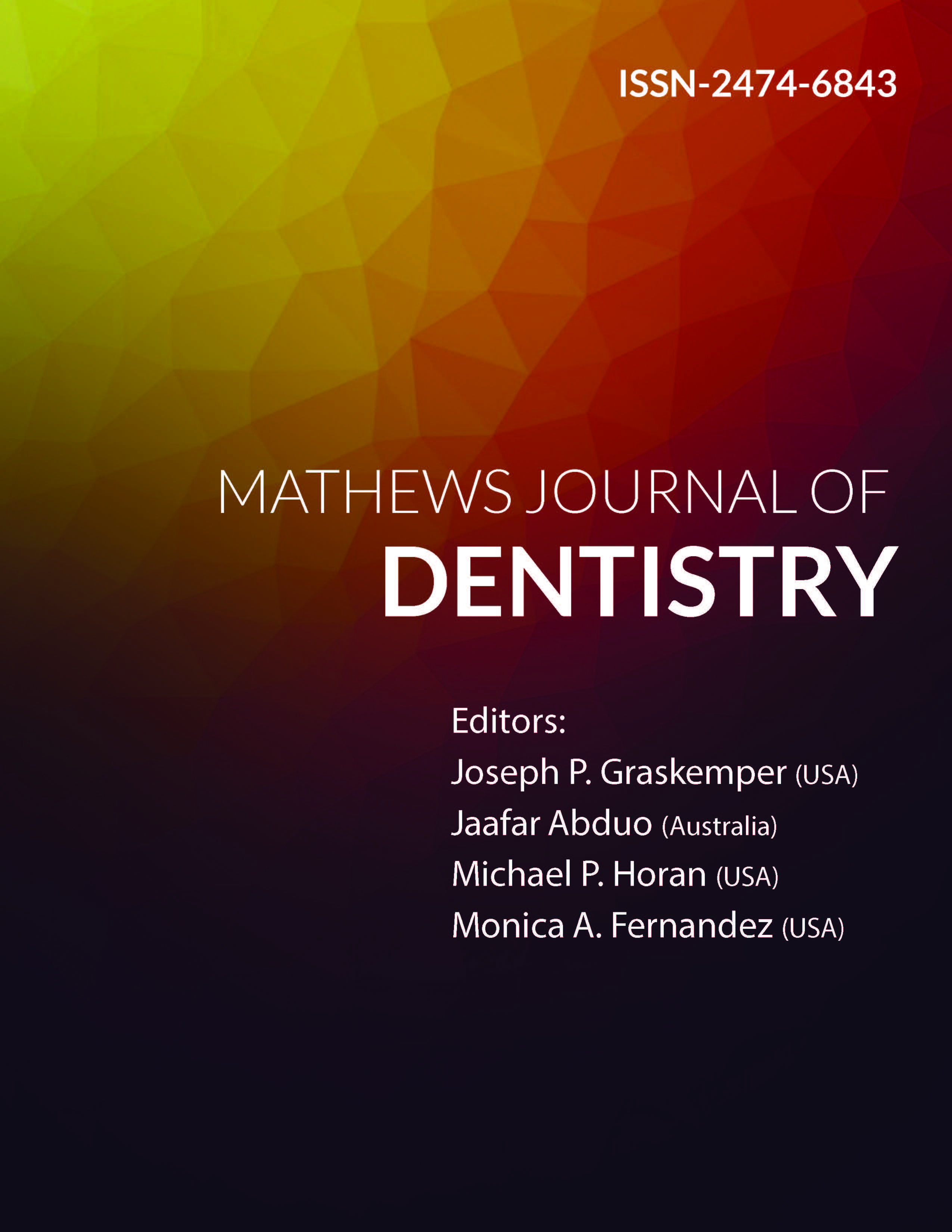
Information Links
Previous Issues Volume 7, Issue 3 - 2023
In Vitro Analysis of Surface Treatment, Titanium and Zirconia Used in Prosthetic Dentistry, on Osteoblast Cultures
Renato Carlos Burger1,*, Elizabeth Ferreira Martinez2, Flavia Lucisano Botelho do Amaral1
1Department of Restorative Dentistry, Faculty of Dentistry, São Leopoldo Mandic University, Campinas, São Paulo, Brazil
2Department of Microbiology, Faculty of Dentistry, São Leopoldo Mandic, Campinas, São Paulo, Brazil
*Corresponding Author: Renato Carlos Burger, Rua Otavio Tarquinio de Souza, 624 – Campo Belo – São Paulo – SP – Brazil – CEP 04613-002; Email: [email protected]
Received Date: October 13, 2023
Publication Date: December 04, 2023
Citation: Burger RC, et al. (2023). In Vitro Analysis of Surface Treatment, Titanium and Zirconia Used in Prosthetic Dentistry, on Osteoblast Cultures. Mathews J Dentistry. 7(3):41.
Copyright: Burger RC, et al. © (2023)
ABSTRACT
This In Vitro study aimed to evaluate the effect of surface treatment on osteoblastic cells in terms of proliferation, viability and osteopontin expression. The Trypan blue, MTT vitality tests and enzyme-linked immunosorbent assay (ELISA) were used to assess the response of cell cultures to titanium surfaces and zirconia ceramics used in dental prosthodontics. The ultrastructural topographic features and cellular morphology on the different surfaces were assessed using scanning electron microscopy at 500X magnification (72 hours). The aforementioned surfaces were treated with aluminum oxide sandblasting (AO), silica-modified aluminum oxide (SMAO) and a control group based on non-sandblasted surfaces (MA). Quantitative data were tabulated and analyzed using ANOVA and Tukey tests at a significance level of 5%. The results showed that osteoblast proliferation was higher and significantly different on zirconia compared to titanium surfaces at 72 h, with no significant differences between surface treatments. Cell viability was significantly higher on OA-treated zirconia surface. Quantification of osteopontin was similar across all surfaces except for OA-treated surfaces, where a significantly lower concentration of osteopontin was observed. Photomicrographs showed increased roughness between treatments accompanied by different morphological features of the cells, according to surface type and surface treatment. In conclusion, all surfaces and treatments promoted cell proliferation and maintained cell viability in the time periods evaluated.
Keywords: Biomaterial, Osteoblasts, Surface treatment